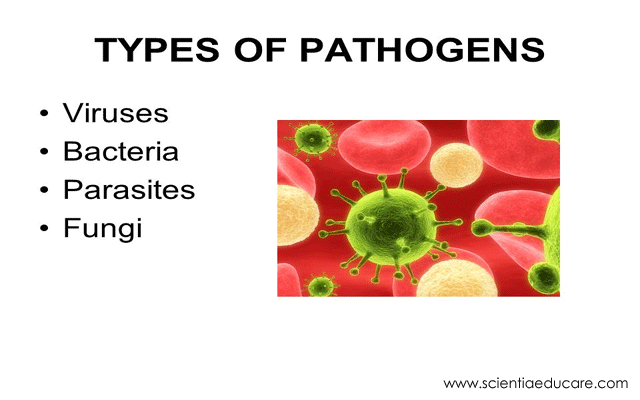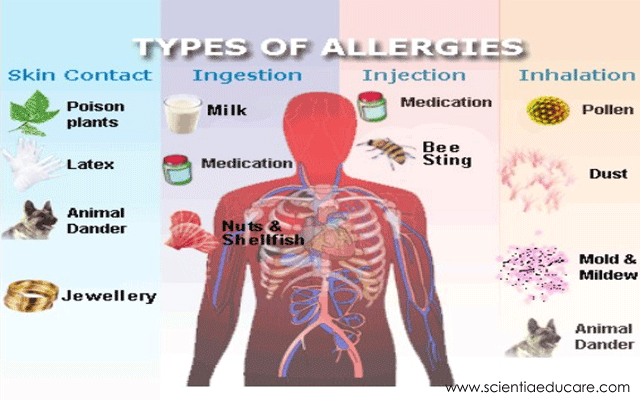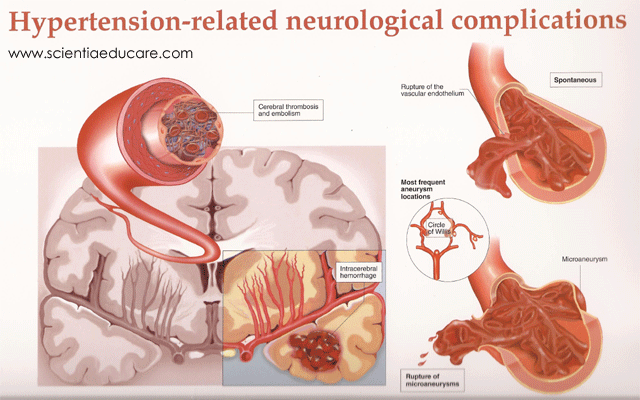
Malaria
Malaria is a serious, sometimes fatal, disease spread by mosquitoes and caused by a parasite. Malaria was a significant health risk in the U.S. until it was eliminated by multiple programs in the late 1940s. The illness presents with flu-like symptoms that include high fever and chills.
There are three necessary aspects to the malaria life cycle:
The Anopheles mosquito carries the parasite and is where the parasite starts its life cycle.
The parasite (Plasmodium) has multiple subspecies, each causing a different severity of symptoms and responding to different treatments.
The parasite first travels to a human’s liver to grow and multiply. It then travels in the bloodstream and infects and destroys red blood cells.
Malaria: An infectious disease caused by protozoan parasites from the Plasmodium family that can be transmitted by the bite of the Anopheles mosquito or by a contaminated needle or transfusion. Falciparum malaria is the most deadly type.
The symptoms of malaria include cycles of chills, fever, sweats, muscle aches and headache that recur every few days. There can also be vomiting, diarrhea, coughing, and yellowing (jaundice) of the skin and eyes. Persons with severe falciparum malaria can develop bleeding problems, shock, kidney and liver failure, central nervous system problems, coma, and die. Travelers to areas with malaria are advised to take medications to prevent infection if exposed. The treatment of malaria is with oral or intravenous medications, including chloroquine, mefloquine (Larium), or atovaquone/proguanil (Malarone).
Malaria transmission occurs primarily between dusk and dawn because of the nocturnal feeding habits of Anopheles mosquitoes. One should therefore take protective measures to reduce contact with mosquitoes, especially during these hours. These measures include remaining in well-screened areas, using mosquito nets, and wearing clothes that cover most of the body.
Additionally, one should have insect repellent for use on exposed skin. The most effective repellent against a wide range of vectors is DEET (N,N-diethylmetatoluamide), an ingredient in many commercially available insect repellents. The actual concentration of DEET varies widely among repellents. DEET formulations as high as 50% are recommended for both adults and children > 2 months of age.
Travelers not staying in well-screened or air-conditioned rooms are advised to use a pyrethroid-containing flying-insect spray in living and sleeping areas during the evening and nighttime hours. They should sleep under insecticide-treated bed nets. Bed nets are more effective if they are treated with permethrin or deltamethrin insecticide; bed nets may be purchased that have already been treated with insecticide.
Derived from the Italian word for “bad air,” it was originally thought swamp fumes in Rome were the cause of malaria, as outbreaks were a regular occurrence there.4
Malaria parasites invading the red blood cells.
If left untreated, malaria can be fatal due to the fast reproduction of the parasite within a host’s bloodstream.
There are more than 100 types of Plasmodium parasites,5 which can infect a variety of species. Scientists have identified five types that specifically infect humans,6 they are:
P. falciparum – located worldwide in tropical and suburban areas, but predominately in Africa. An estimated 1 million people are killed by this strain every year. The strain can multiply rapidly and can adhere to blood vessel walls in the brain, causing rapid onset of severe malaria including cerebral malaria.
P. vivax – located in Latin America, Africa, and Asia, it is arguably the most widespread due to the high population of Asia. This strain has a dormant liver stage that can activate and invade the blood after months or years, causing many patients to relapse.
P. ovale – located mainly in West Africa, it is biologically and morphologically very similar to P. vivax. However, unlike P. vivax, this strain can affect individuals who are negative with the Duffy blood group, which is the case for many residents of sub-Saharan Africa. This explains the greater prevalence of P. ovale (rather than P. vivax) in most of Africa.
P. malariae – located worldwide and the only human malaria parasite to have a three-day cycle. If left untreated, P. malariae can cause a long-lasting, chronic infection that can last a lifetime and which may cause the nephrotic syndrome.
P. knowlesi – located in Southeast Asia and associated with macaques (a type of monkey). This strain has a 24 hour cycle and can, therefore, multiply rapidly once a patient is infected, causing an uncomplicated case to become serious very quickly. Fatal cases of infection with this strain have been reported.













